Japanese in Brazil / Brazil
East to West
Meet the Jazilians: the Japanese population in Brazil shares culture with the nation it calls home while interpreting traditional values within a Latin American society. It is a balancing act still finding the middle ground between old and new.
A little over a century ago the first 781 Japanese immigrants to Brazil were stretching their land legs on the Santos docks. They had just spent 52 uncivilised days and nights aboard the Kasato Maru – a decommissioned hospital boat that was confiscated from the Russians during the Russo-Japanese war – and they couldn’t have felt further from home.
To add insult to dysentery, the Brazilian and Japanese governments had rather dropped them in it. When Brazil outlawed slavery in 1888, a labour vacuum forced the country’s elite, led by powerful and unscrupulous coffee barons, to replenish its rank and file. A campaign attracting European workers to come and knuckle down while coincidentally “whitening” the population was scuppered in 1902. A cheesed-off Italian government forbade further investment in the outflux of Italians when they learned that the Brazilians had simply substituted their freshly freed African slaves with many, many thousands of unwitting Italian pioneers, who were forced to work under similar conditions.
Unperturbed, the Brazilians plotted an eastern course and entered into an agreement with Japan to begin sending its citizens to help shore up the continuing drop in farm hands in exchange for favourable trade ties. Assimilation was problematic from the off. The Japanese were never really accepted and were looked down upon by Brazil’s ruling elite as a lowly proletariat. They were considered unfit, even, to fulfill the ongoing attempts to whiten an increasingly diverse Brazil. Japan’s alliance with the Germans and Italians during the Second World War only served to widen the divide.
Then, in 1946, Mituto Mizumoto, a businessman based in the largely Japanese neighbourhood of Liberdade in São Paulo, launched the São Paulo Shimbun, a Japanese-language newspaper that catered to the Japanese community. He was supported at the time by the Brazilian government, which made the uncharacteristically diplomatic manoeuvre of assisting in race relations.
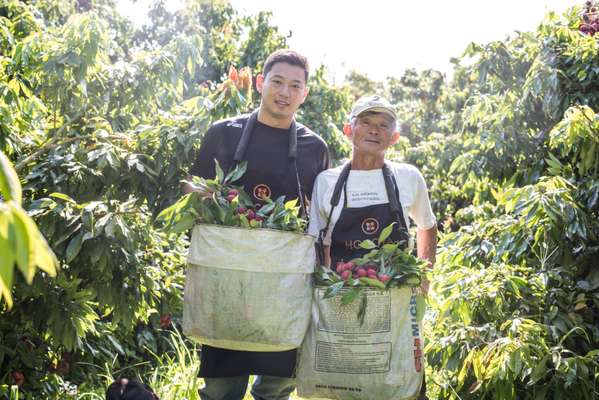
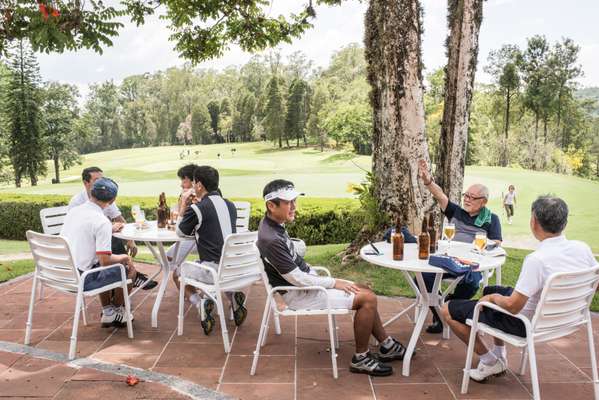


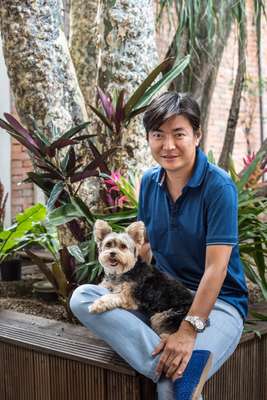
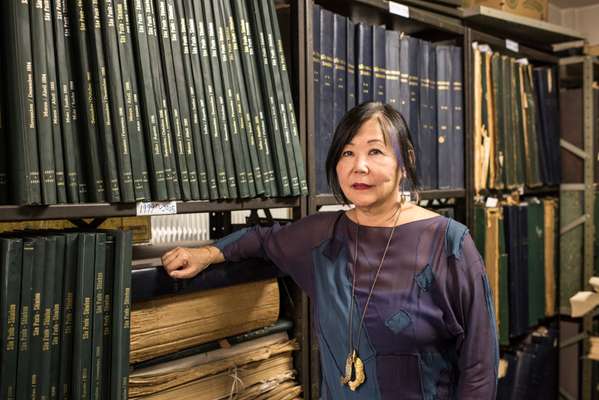
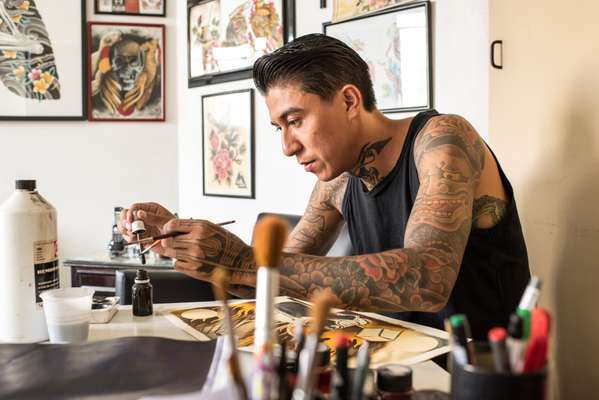
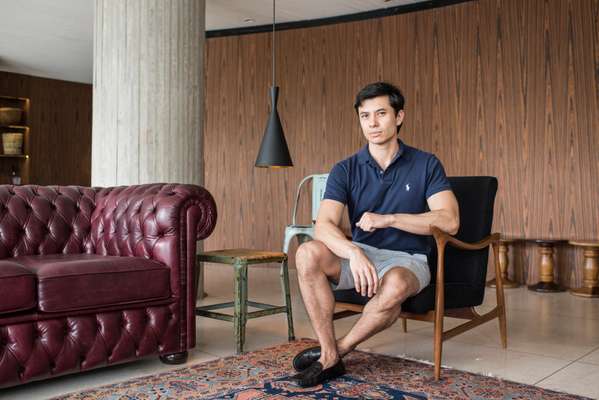
The current owner, Mizumoto’s daughter Helena, recalls her father’s role from the delightful din of the unchanged editorial floor. “The newspaper was intended for all Japanese people living in Brazil,” she says. “Back then the majority lived in the countryside, not in the city, and it was a way for them to stay abreast of both Japanese and Brazilian news and also feel part of the wider community.” The newspaper remains independent with a section in Portuguese and shares a printing press with Folha de S. Paulo, which dwarfs the Shimbun’s current loyal readership of 30,000 subscribers in Brazil, a fraction of its original run. The Shimbun also counts readers in the homeland: Brazilians actually account for the largest non-Asian demographic in Japan with over 300,000 expat citizens.
Divisions still exist within the Japanese community in Brazil. The Japanese system of generational ranking complicates life, particularly for latecomers born in Brazil. Issei, the first generation, takes precedence over nisei (the second generation) with sansei and yonsei (third and fourth) falling far behind, while hafu (half Japanese, half Brazilian) are the lowliest of all according to the purists of the old school. Age-old customs really start to bamboozle things when you add the concept of nikkei: the Japanese born outside Japan.
Shoichi Iwashita, founder of travel website simonde.com.br, says growing up hafu with a Japanese father and a mother from Bahia was difficult. “I was never a Japanese or a Brazilian,” he says. I went to Brazilian school in the morning where I was referred to as the ‘Japa’ and to Japanese school in the afternoon where I was called the ‘impure Japanese’.”
It wasn’t until Japan emerged as one of the world’s fastest-growing and innovative economies in the 1970s and 1980s that the class prejudices began to disappear. During this time, telecoms and tech companies plus carmakers such as Toyota, which recently opened its third plant in Brazil, began increasing their presence in the nation. “The Japanese community here in Brazil was not as sophisticated as the Japanese in Japan,” says Iwashita. “I always denied my heritage. The Japanese are so delicate in the way they express themselves; that’s not the same with Japanese-Brazilians. Only when I was a teenager and I started to travel to Japan and study Japanese culture did I start to love it and take pride in being Japanese.” Japanese culture is proving profitable in a more open, contemporary Brazilian society. Jeizel Seidy, a tattoo artist who specialises in traditional Japanese designs, immerses himself in his ancestry for inspiration. “I follow tradition and respect it – I just realised now after 30 years that this is helping me as a professional tattoo artist today. I am a great admirer of old Japanese printmakers, who are the biggest influence in my work.” Others recognise an inherited impact on themselves but don’t dwell on it, embracing instead the mix of cultures and the moment in which they live. Alex Hanazaki is one of Brazil’s leading landscape architects and although his work is not without its Zen-sibilities he describes it with a wry sense of humour. “My style is my clients’ style,” he says. “I think I received a strong work ethic from Japan but in terms of style I borrow from everywhere, particularly from my travels around the world.”
Arguably Brazil’s most well-known Japanese descendent, and one of the nation’s most famous people, is Sabrina Sato, a model, comedian, TV presenter, actress, businesswoman and former contestant on bbb (Big Brother Brasil). She embraces both cultures equally. “My whole family says that I am like my Japanese grandmother Luiza: outgoing, strong and hard-working. And my true passion is carnival, it’s the time of year I like most. I have been the ‘queen of the drums’ for Vila Isabel [a samba school in Rio] for the past five years.”
The history of the Japanese in Brazil is most evident in Mogi das Cruzes, a rural community with the second-largest concentration of Japanese people after São Paulo. Dozens of fazendas (farms) were bought or started by Japanese farmers here after the initial wave of workers arrived in the country. Ercílio Hoçoya works with his father in Mogi growing lychees and other tropical fruits to sell wholesale and to Japanese restaurants back in São Paulo. Food is the great unifier after all and Brazilians love Japanese cuisine. Ken Mizumoto is the second-generation chef/owner of Shin Zushi, one of São Paulo’s top traditional Japanese restaurants. He believes in bringing the past and present together, with travel as the best education.
“I travelled to 47 provinces around Japan with one condition: to only eat local from each of those places to better understand Japan,” says Mizumoto. “I brought the knowledge back so I can speak with my clients who come from all over Japan. That way I have something in common with them. I did the same in Brazil.”
Japan itself is finally looking to update its ties with Latin America’s largest economy, piqued by the potential of its oil, gas, mining, agribusiness and banking sectors. Prime minister Shinzo Abe visited Brazil last August, the first Japanese leader to do so in over a decade. He brought billions of dollars of investment in tow, including $700m (€616m) to boost Brazilian soy and corn exports to Japan and a $500m (€440m) loan from Mizuho bank to the state-owned oil company Petrobras to build floating platforms for deep-water drilling. Brazilian state-development bank bndes also signed another deal with the Bank of Japan to explore investment from small to mid-sized Japanese firms in Brazil.
Over a century in the making and neither the Brazilians nor the Japanese are any wiser as to the outcome of this fascinating anthropological experiment between two very different peoples. André Almada is one of Brazil’s most successful nightlife entrepreneurs. His own mixed Japanese-Brazilian upbringing includes tragic tales of hidden births and suicide but he is philosophical about his future – and it’s an outlook that could be attributed to Brazil itself.
“I am very rational, this is my Japanese side,” says Almada. “Yet I am very enthusiastic about my ideas: my partners have to bring me down to earth. I always wanted to prove something; I had to win based on my past and my family. But now I think I’ve proved myself. All I want is a simple life; I want peace, I want quiet.”


